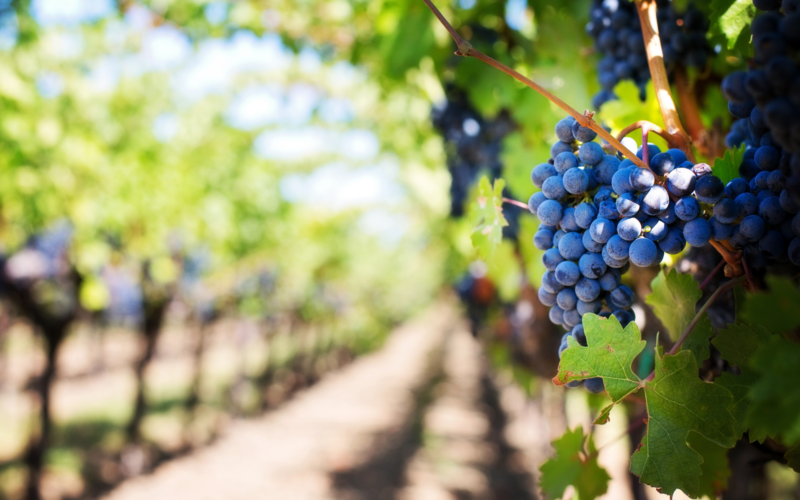Every branch in Me that does not bear fruit, He takes away; and every branch that bears fruit, He prunes it so that it may bear more fruit.
— John 15:2 —
Bob Amigo: The Expositor’s Academy | Philippines
The apostle John records seven “I am” statements of the Lord Jesus, with the image of a vine being the last of them. This picture was familiar to the disciples as vineyards were plentiful in Israel and important to their economy. As the Lord made His way to Calvary, He used this picture to assure the disciples of the fruitfulness that results from spiritual union with Him. As an act of loving concern, God the Father, the vinedresser, prunes every believer. The vine represents Jesus and the branches represent His disciples. Jesus taught that the branches can only produce life when they are a part of the vine. By itself, a branch would be reduced to dead wood and completely useless. Fruitfulness is an essential mark of saving faith, and since Jesus is the vine, it is impossible for true branches not to bear fruit. Thus, barren branches are removed and burned. Pruning also distinguishes dead branches from fruit-bearing branches, providing more room in the vine for the growth of the good branches. Furthermore, it prevents useless branches from breeding insects and blight that may ruin the quality of the good fruit. God desires to see not only quantity of fruit from believers, but quality as well. As an act of loving concern, God the Father, the vinedresser, prunes every believer. The process is often painful, but God personally attends to this undertaking for our good and His glory. The writer of Hebrews affirmed the same principle when he wrote, “Those whom the Lord loves He disciplines, and He scourges every son whom He receives.… He disciplines us for our good, so that we may share His holiness” (Heb. 12:6, 10).
Connect with TMAI on Facebook, Twitter, Instagram, and YouTube, and increase our schools’ reach by sharing our content with your family and friends.

